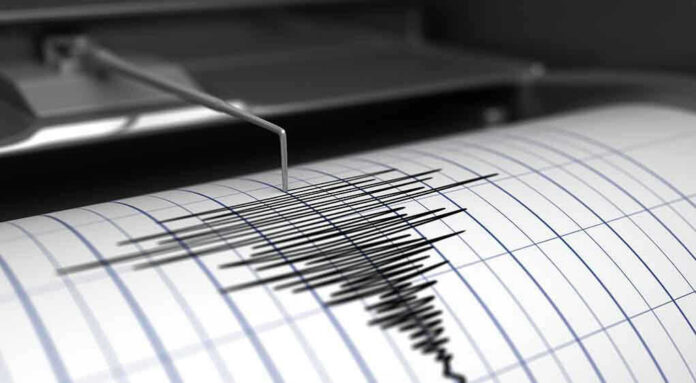
Five lives lost, cities plunged into darkness, and an entire region’s daily rhythm shattered in seconds—what really happens when a powerful earthquake strikes the Philippines, and what does it reveal about the fragility beneath our feet?
Story Snapshot
- The Cebu earthquake exposed deep vulnerabilities in critical infrastructure and emergency preparedness.
- Thousands evacuated amid fears of tsunami, widespread panic, and building collapses impacting homes, businesses, and lives.
- Power outages and fires compounded the crisis, leaving parts of Central Visayas in chaos and testing the resilience of local communities.
- Experts and officials face mounting pressure to address persistent gaps in disaster response and building safety.
How Catastrophe Unfolded: Anatomy of a Night of Panic
The 6.9-magnitude earthquake struck off the coast of Cebu Province at 21:59:43 PST. Within minutes, aftershocks rattled nerves and buildings—most notably a mb 5.2 jolt recorded at 22:12 PST. In the immediate aftermath, reports poured in of collapsed structures: a sports complex, a local church, and a popular fast-food restaurant all buckled amid the shaking. A fire tore through a mall, further heightening the sense of emergency and confusion.
Coastal communities, already living in perpetual tension with the sea, faced tsunami advisories from PHIVOLCS. Many residents fled their homes for higher ground, clutching what little they could carry. The fear of a rushing wave was palpable, fueled by memories of previous disasters and the ever-present vulnerability that comes with living on the Pacific Ring of Fire.
Infrastructure Under Siege: Why Buildings Failed and Grids Collapsed
Cebu’s population density—millions in the metropolitan area—meant that tens of thousands were directly exposed to risk. When buildings failed, it wasn’t just concrete and steel that crumbled; businesses shuttered, livelihoods were disrupted, and families found themselves homeless overnight. The collapse of critical structures revealed systemic weaknesses in construction standards, especially in older buildings and coastal towns where enforcement of modern codes is inconsistent.
The National Grid Corporation of the Philippines and Visayan Electric Company struggled to restore power after substations and transmission lines took heavy damage. Blackouts hampered rescue and recovery, leaving entire neighborhoods in darkness. Schools and government offices closed for safety assessments, underscoring the uncertainty that lingered as officials weighed the need to declare a state of calamity.
Emergency Response: Leadership, Chaos, and Community Grit
Local governments, thrust into the spotlight, bore the brunt of disaster management. Mayors and municipal councils acted quickly, coordinating evacuations and opening shelters. But the scale of the crisis exposed the limits of local capacity. Residents relied on community groups and informal networks to fill gaps in official support, demonstrating a resilience born of repeated trials in this earthquake-prone region.
PHIVOLCS, the national authority, issued timely advisories and bulletins, guiding public response and calming fears where possible. Search and rescue transitioned to recovery as the hours wore on; the full extent of the casualties and damage would take days to tally. As of October 1, initial bulletins suggested no further significant aftershocks or major damage, but uncertainty and anxiety persisted.
Long-Term Fallout: Rebuilding, Reform, and the Politics of Disaster
The immediate impacts—five confirmed deaths, dozens injured, and thousands displaced—mark only the beginning of the tragedy’s ripple effects. Economic losses hit tourism, retail, and services hard, and supply chains faltered. Psychological trauma lingered, particularly among survivors of previous earthquakes, amplifying calls for better preparedness and mental health support.
Reconstruction will require significant investment, both public and private. Policy changes loom as building codes and disaster protocols come under scrutiny. The disaster’s political fallout remains uncertain, as governments face pressure to demonstrate competence and prevent future tragedies. Community resilience, shaped by necessity, may yet drive innovation and reform in the face of persistent risk.

































